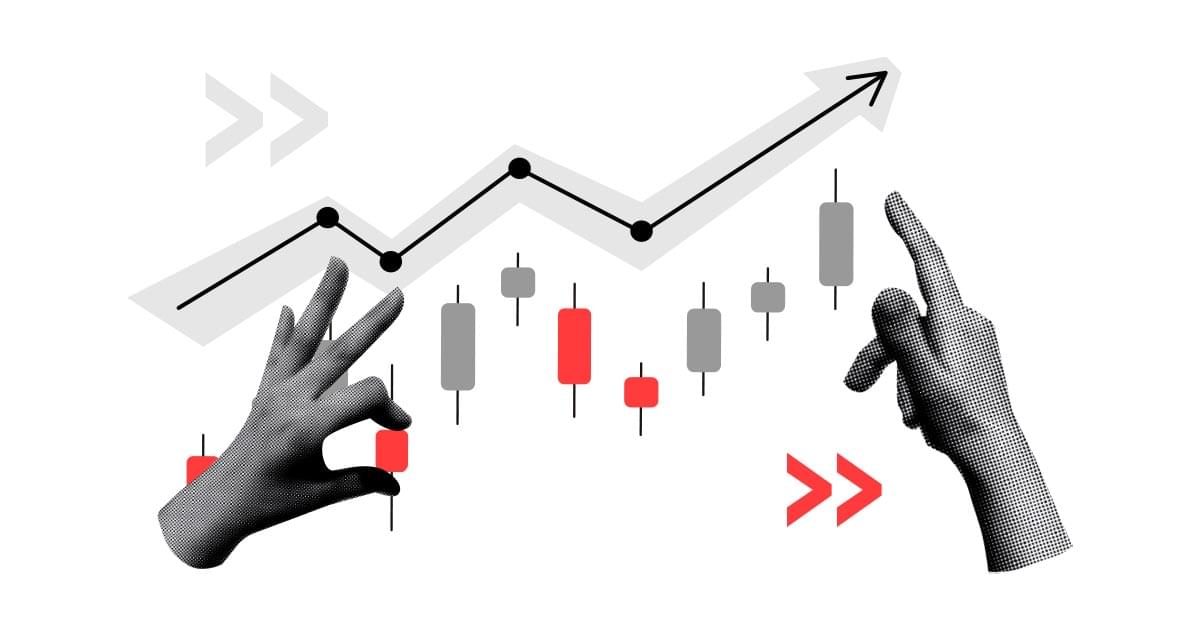Russia's wartime assault on Ukraine shows no signs of de-escalating and continues to make its mark on global markets. This has led to a surge in commodity prices, which has increased concerns about inflation and economic growth, posing new challenges for central banks.
In the U.S., the Federal Reserve may raise interest rates by 25 basis points at its March meeting, but Chairman Jerome Powell has also opened the door to more aggressive moves if high inflation persists. Investors are now awaiting Thursday's US inflation report. According to expectations, price growth is expected to reach 7.9 percent in February.
Will the stock markets experience a repeat of the 70-80s?
Concerns about stagflation or even recession can have a negative impact on stock indices. During Monday's trading, the Dow Jones and S&P 500 fell 2.37 percent and 2.95 percent, respectively. The Nasdaq lost 3.62 percent, entering bear market territory as it fell 20 percent from its record high in November. The cyclical consumer, technology and communication services sectors lost the most, while energy stocks seemed to outperform.
The U.S. stock market may now be starting to price in the possibility of a repeat of the 1970s-80s, when the U.S. economy fell into stagflation and recession during the oil crisis. It was a very difficult time then, from which it took more than a decade to recover. Indexes, not including inflation, were down more than 40 percent from their peaks then. Today on the Nasdaq index, half of that move may have already been made.
Oil has bottomed out, but commodities still priced in
Stagflation and recession can be caused mostly by rapidly rising raw materials, including energy. WTI crude oil futures appear to be holding at around $121 a barrel on Tuesday. They reached a 14-year high of $130.5 during the previous session. The U.S. is getting closer to imposing a ban on Russian oil imports, which could continue to affect the price. Sanctions from Russia are still to be determined.
Dollar attracts capital and distances euro
The Dollar Index is trying to stabilize above 99 points today, being at levels last seen in May 2020 and benefiting from likely safe haven capital flows.
The EUR/USD major currency pair has fallen to levels seen when the pandemic hit financial markets in early 2020 and appears to be holding below 1.0900.
Daniel Kostecki, Director of the Polish branch of Conotoxia Ltd. (Forex service)
Materials, analysis and opinions contained, referenced or provided herein are intended solely for informational and educational purposes. Personal opinion of the author does not represent and should not be constructed as a statement or an investment advice made by Conotoxia Ltd. All indiscriminate reliance on illustrative or informational materials may lead to losses. Past performance is not a reliable indicator of future results.
CFDs are complex instruments and come with a high risk of losing money rapidly due to leverage. 79.17% of retail investor accounts lose money when trading CFDs with this provider. You should consider whether you understand how CFDs work and whether you can afford to take the high risk of losing your money.


